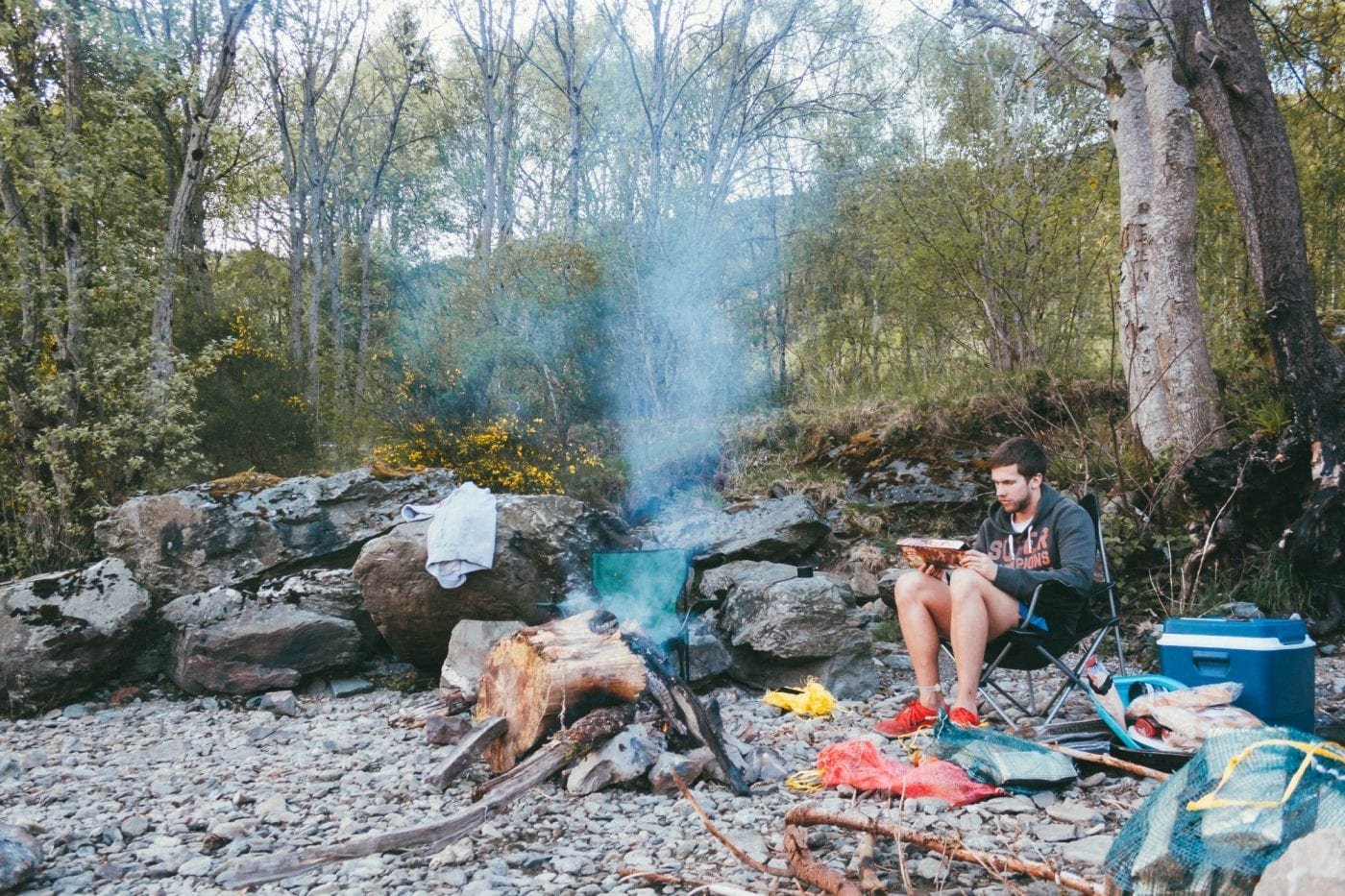THE 7 LEAVE NO TRACE PRINCIPLES
By Connor Mollison
The term ‘leave no trace’ has been cropping up in conversation more so than ever and for good reason. There’s been a concerted effort recently among advocates of the country to think about the impact we are all leaving on Scotland’s beautiful landscapes. But, do you really understand what it means to leave no trace? The truth is, unless someone has pointed it out to you or you’ve done your own reading, probably not.
Scotland has done nothing but grow in popularity over the years, partly thanks to platforms like Instagram as well as it being the background to world-famous films like James Bond and Harry Potter.
As a photographer myself, I’m guilty of popularising Scotland’s hot spots. This is all well and good but the harsh reality is that we’re doing real damage. The sheer number of visitors is contributing to the erosion of landscapes, littering, vandalism, fires, and disturbance to livestock and wildlife.
Aside from talks to potentially introduce ‘no-go zones’ to certain areas, there’s something you can do to help. The ‘Leave No Trace’ principles were coined to allow you to fully enjoy the wonderful outdoors while protecting those spaces at the same time. You, like me, probably consider yourself a responsible outdoor adventurer but unless there’s a constant conscious effort to follow the principles, there’s almost certainly more you can do.
#1 PLAN AHEAD AND PREPARE
Not only will planning ahead help to keep you safe and avoid running into problems on your trip but it will also do wonders for the places you visit. With the right preparation, you can take a look at the regulations for the area, reduce congestion by planning your trip to avoid peak times, and minimise waste by repacking it into containers.
#2 TRAVEL AND CAMP ON DURABLE SURFACES
Whether it’s camping or trekking from one iconic spot to another, you should always make an effort to stick to well-established routes. When you’re setting up camp, check if there are any designated campsites or alternatively, try to camp on dry grass/strong surfaces.
If you’re camping in a popular area, aim to keep your campsite small and concentrated and at least 200 feet from water sources to avoid polluting them. Conversely, if you’re camping in a remote and untouched area, you should disperse your campsite and avoid areas that are showing signs of wear.
#3 DISPOSE OF WASTE PROPERLY
Including both human waste and litter, you should always try to leave a place cleaner than it was when you got there. Be careful not to leave food lying around and take home all of your packaging and containers.
If you can, solid human waste should be disposed of in ‘catholes’, around 8 inches deep and at least 200 ft from any water source or trails. Make sure to fully cover the holes so that they’re undetectable for the next person coming along.
#4 MINIMISE CAMPFIRE IMPACT
For me, camping without a good campfire just doesn’t feel the same. Sadly, though, campfires are incredibly destructive and it’s important to minimise the impact they have. Instead of just lighting a fire anywhere, consider cooking with a lightweight stove. Alternatively, use a fire pit that has already been established and mount the fire slightly off the ground. Remember to fully extinguish the fire before you leave and spread its ashes

#5 Leave What You Find
“Take only pictures and leave only footprints” is exactly the mantra you should follow here. Whenever you go somewhere new, it’s always nice to bring back a memory of the place but this should done in the form of photographs and not parts of the environment.
#6 Respect Wildlife
It’s usually best to enjoy wildlife from a distance. This will keep you safe and will prevent the animals becoming frightened and/or accustomed to human interaction. Additionally, you can protect the wildlife by making sure that you store food correctly and don’t leave any lying around after you leave.

#5 Leave What You Find
“Take only pictures and leave only footprints” is exactly the mantra you should follow here. Whenever you go somewhere new, it’s always nice to bring back a memory of the place but this should done in the form of photographs and not parts of the environment.
#6 Respect Wildlife
It’s usually best to enjoy wildlife from a distance. This will keep you safe and will prevent the animals becoming frightened and/or accustomed to human interaction. Additionally, you can protect the wildlife by making sure that you store food correctly and don’t leave any lying around after you leave.
Just as you want to enjoy the views without being disturbed, so do others. That’s why it is important that you’re considerate in avoiding making too much noise, keeping pets under control, and give way to other road and trail users. Working together, we can all enjoy the stunning landscapes Scotland has to offer without such a negative impact on the environment and wildlife.
Written by Connor Mollison

